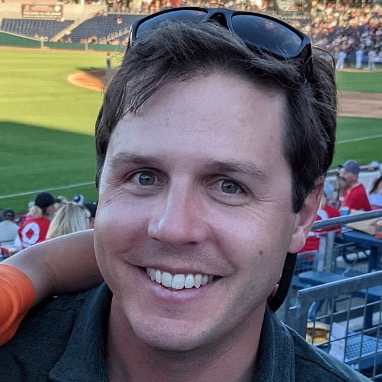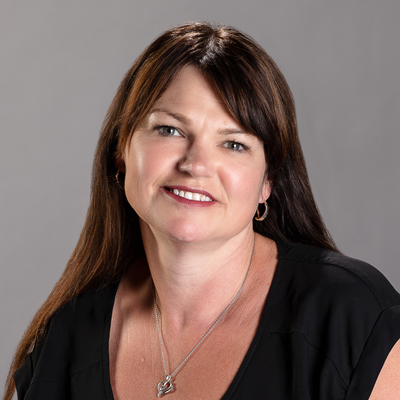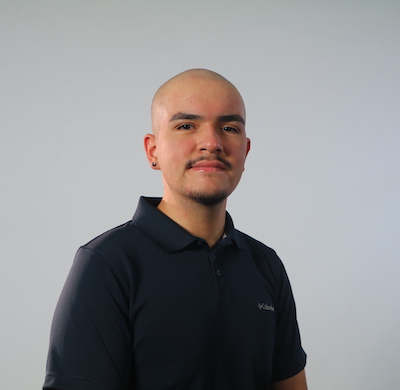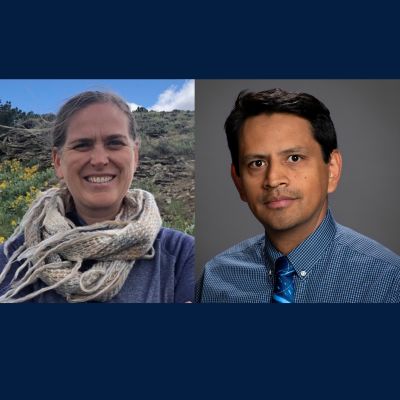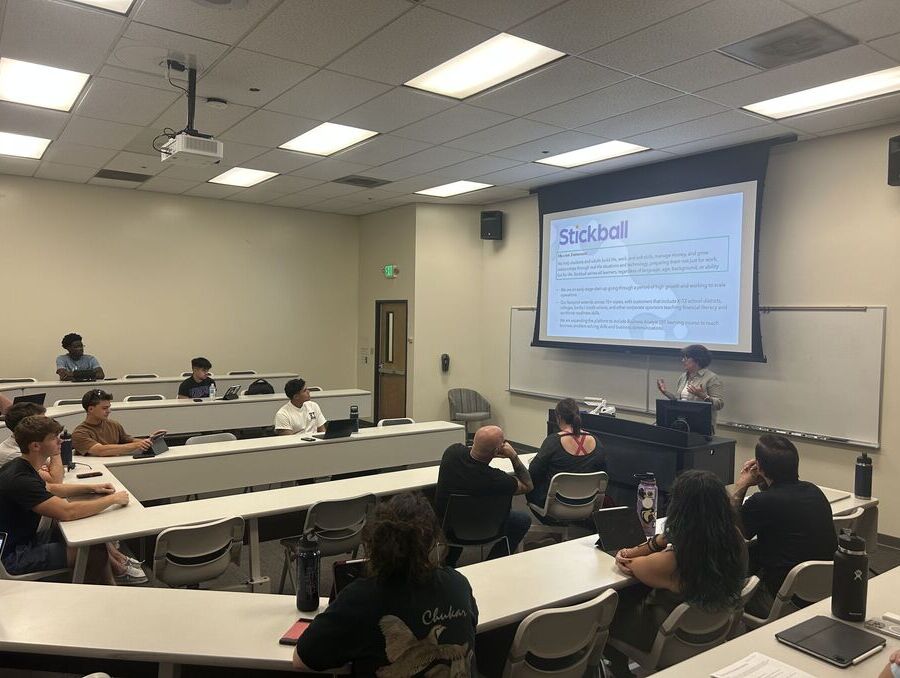The Optimism Series: The past is the key to our future
Associate Professor Andrew Zuza in the Nevada Bureau of Mines and Geology discusses how an old-fashion summer field course helps train earth science students to tackle future global issues
In honor of Mental Health Awareness Month, the College of Science has asked researchers across a range of disciplines to share how they remain optimistic in the face of the many challenges of today, particularly within the field of science.
To understand how our planet Earth works, geoscientists often follow the classic Charles Lyell axiom that “the present is the key to the past.” That is, we can examine modern geologic features—from recent earthquakes to evolving coastlines to active volcanoes—to look backwards to better understand ancient geologic history, a principle known as uniformitarianism. However, looking back toward the past can feel disheartening, as geologists observe in the rock record immense stretches of geologic time that included catastrophic events involving past climate fluctuations, mass extinctions, extraterrestrial impacts, sea-level rise and ocean anoxia. A lot of scary things have happened over geologic timescales!
While such a retrospective approach has helped us understand much of Earth’s geologic history, students and practitioners of the modern Earth Sciences optimistically look onward to our future. The past is the key to our future. Geology and the study of Earth’s history are central to improving our lives and the sustainable future of our planet. You want to understand the effects of climate change? Look in the geologic record for analogous events in Earth history. What about the probability of earthquakes in a particular region? Scientists investigate records of past seismic events to assess the risk of earthquake activity. How do we find critical minerals to power our advanced technologies? Geologists need to understand past geologic activities such as ancient volcanism or mountain building events to predict where such resources are located. As such, geologists are at the front lines ensuring a safe and prosperous future for all of us, tackling global issues related to energy, resources, and natural hazards.
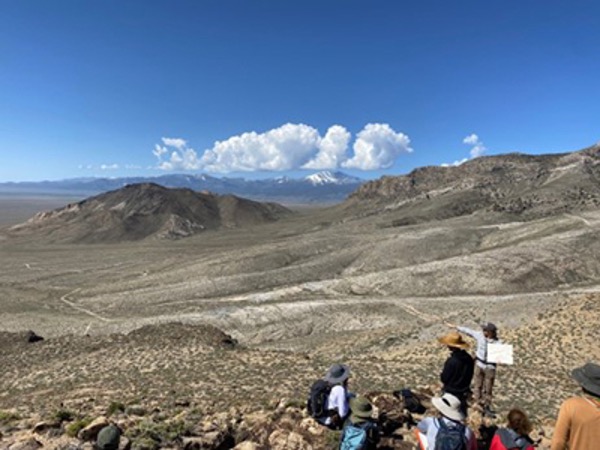
Our undergraduate geology students here at the University of Nevada, Reno are training broadly to confront these problems. So how do these next-generation Earth Science heroes get ready for the future? Does it involve futuristic courses in machine learning, programing and advanced high-precision analytical methods? Perhaps a bit—and the University certainly offers engaging courses on these modern topics—but one of the most formative experiences for the geology major harks back to a time-honored tradition: a good old-fashioned summer camp.
That’s right, at the end of every year, just after commencement, senior geology majors pack into vans and drive into rural eastern Nevada to camp for a month. They partake in a capstone field course that serves as a final practicum for the students, where they take the knowledge learned in classrooms over the past two years and apply it in real time to the geologic record.
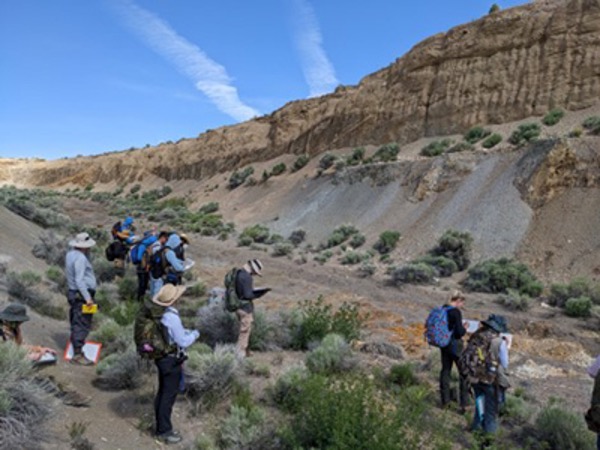
The course is certainly not easy, and the students encounter many obstacles. There are physical challenges, including camping, the weather, the hot and cold and long days hiking across rugged country. There are many mental challenges, including complex geology that often appears slightly different than textbook examples learned about during the semester. Finally, there are personal challenges, as students live and work in close quarters with each other over a month.
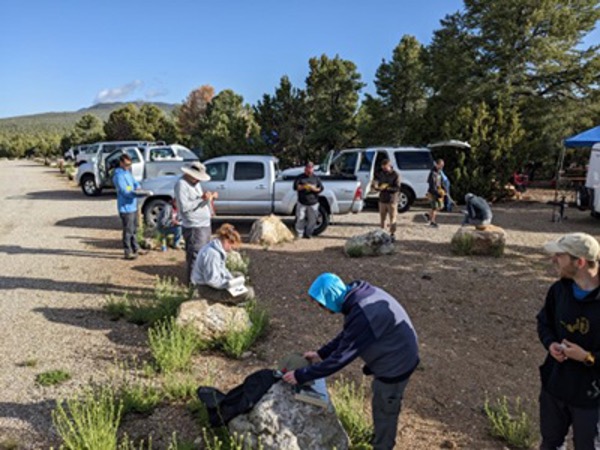
Every year, without fail, I see these students transform from book-smart, yet green, undergraduate students into full-fledged earth scientists. They polish their skills, making beautiful geologic maps and interpreting complex geologic histories. They practice methods that they will use in any geology career, from mapping out faults to characterizing economically important mineral deposits. We typically visit a geothermal power plant or an active mine to provide a first-hand glimpse at various career opportunities. Equally significant, I see great personal growth. The group comes together as a kind and helpful family. There are students who have never cooked a meal on their own, who get careful support and guidance from their peers. I have seen students awake early to bake a birthday cake over a campfire. Last year, I was out teaching during Father’s Day, away from my own two kids, and I was entirely surprised to get a card from all the students with geology-related puns and “dad jokes.” Some of the most effective teaching is done by the students, peer-to-peer. While hiking through the countryside, they discuss the geology and help each other.
Through the lens of this traditional field course, I am incredibly proud to view the future of our science. These students will become the next generation of geotechnical engineers and consulting geologists that will plan and build resilient infrastructure that can withstand earthquakes and floods. Some will study natural hazards, such as volcanoes or earthquake faults, for federal or state agencies. Others go onto graduate school and beyond to become broad geoscientists that investigate a whole myriad of questions about how the Earth works. Some will go into renewable energy sectors, like geothermal energy, or explore for critical minerals that make up our modern technologies. I also realize that some students will also leave the geosciences altogether after college, but I take comfort in knowing that all field-camp students have gained a deeper appreciation for our natural world and a renewed understanding of the role that scientists play for our society’s future. With the timeless tradition of a hands-on field course to study Earth's ancient history, we empower the next generation of earth scientists to work toward a promising future.
About the author
Andrew Zuza is an associate professor in the Nevada Bureau of Mines and Geology and the Field Camp Director. Zuza’s research is focused on understanding shifting plate tectonics and mountain building, primarily in China and Nevada.

